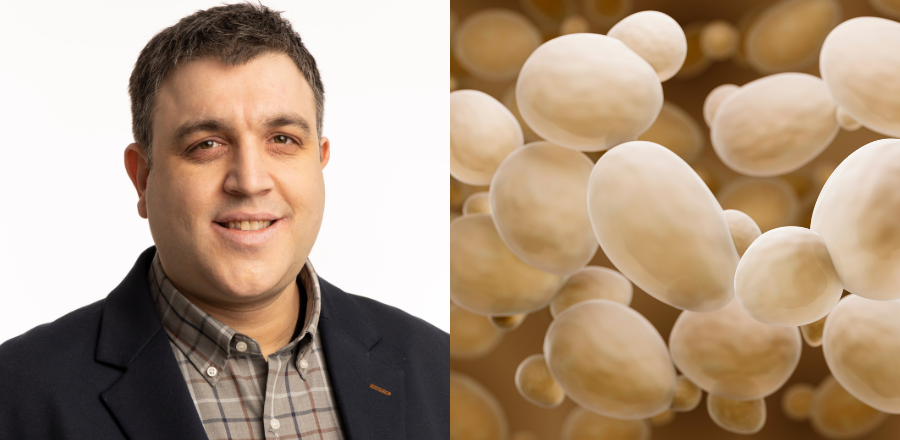New study shows promise in tracing groundwater contamination pathways

Researchers at GCU London and Trinity College Dublin have demonstrated that yeast could prove a suitable vehicle for tracing paths taken by groundwater pollution.
Scientists usually use special tracers to follow the path of pollutants in groundwater and record their travel times, but the usual tracers don’t always act as bacteria does, which makes it hard to predict accurately how bacteria travels in the subsurface and how fast it could reach our drinking water supplies, such as karst springs or wells. Karst groundwater is a major source of drinking water around the world but those areas are also exceptionally vulnerable to pollution.
Therefore, Dr Luka Vucinic, a lecturer and environmental engineer, and his team, tried using yeast, a type of fungus, as a tracer instead.
He said: “It’s cheap and safe for the environment, and this tracer alone can cover various sizes of the most known pathogenic microorganisms. Even though yeast hasn’t been used much lately because it’s tricky to measure accurately, the study wanted to see if new technologies could solve historical detection and measurement issues.”
The researchers performed tests in two different areas in Ireland during summer conditions. They put yeast and special dyes into the water and watched where they went using a portable device that counts tiny particles and another instrument, called a flow cytometer, that detects and analyses microscopic items, such as cells.
In one test, where the water was rushing through narrow underground tunnels within the limestone rocks, known as conduits, both the yeast and the dyes got to the spring at the same time, showing that both bacterial and chemical pollutants would move fast and similarly in that area. But in another test with slower water, they found the yeast before the dyes at the spring, which means the pollution behaved and travelled differently underground.
Dr Vucinic added: “Both devices successfully found the yeast during the tests, proving that modern tools can track these tiny tracers in karst areas. Even though one device didn't show much extra benefit over the other, they both did a good job of picking up the yeast and helping us to understand water pollution pathways underground.”
In addition, Dr Vucinic recently presented another study at the European Geosciences Union (EGU) General Assembly 2024 in Vienna focused on human wastewater contamination of karst aquifers. This study explored how contaminants in groundwater such as fluorescent whitening compounds, microplastics and faecal sterols, especially in karst areas, can be linked to faecal pollution.
One of the most interesting discoveries from the study was the link between fluorescent whitening compounds and microplastic pollution in karst springs. These compounds, often used in laundry detergents and other products to make whites appear brighter, were found to be associated with the majority of microplastic particles present in the groundwater samples.
Dr Vucinic said: “This is the first study to show such a link in samples from karst springs, but we are also excited because we demonstrated that an inexpensive and relatively easy-to-apply method for detecting fluorescent whitening compounds can be used. This could be especially attractive for monitoring human wastewater contamination in developing countries.”
